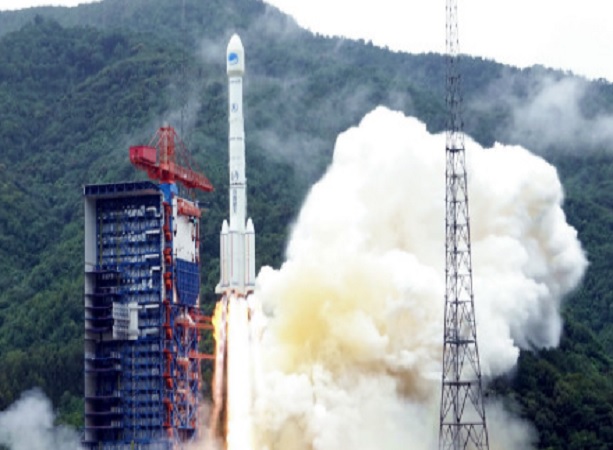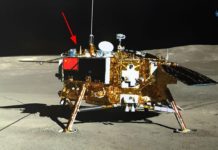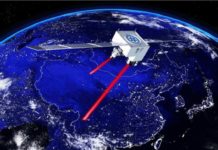Yesterday, at 9:48 am Beijing time (UTC +8), China launched a pair of BeiDou-3 satellites that will add to China’s BeiDou-3 navigation constellation. These will be the country’s 33rd and 34th BeiDou satellites, and the 9th and 10th from the new generation BeiDou-3 series.
The launch took place from the Xichang Satellite Launch Center in Sichuan province, using a Long March 3B launch vehicle, which China uses for all its BeiDou-3 satellites.
This pair of BeiDou-3 satellites, part of the BeiDou-3M series, will join four existing pairs of satellites from the same series, launched on 30 March 2018, 13 February 2018, 12 January 2018 and 5 November 2017. Each of these launches has seen a pair of “twin” satellites, lofted into Medium Earth Orbit (MEO) on a single launcher, with each satellite reportedly having a mass of about 1,000 kg.
The Chinese Aerospace Science and Technology Corporation (CASC), the nation’s main space contractor, has reported that the Long March 3B is expected to conduct 10 BeiDou launches in 2018, with 8 of these carrying 2 satellites each. With these launches, BeiDou, which is China’s Global Navigation Satellite System (GNSS), will be able to offer full regional coverage by the end of 2018. Specifically, China’s space agency CNSA has mentioned that by the end of this year, the BeiDou “twin satellite” system, as the BeiDou-3M is known by, will comprise 18 satellites serving the Belt and Road countries. China hopes to be able to complete its BeiDou constellation to offer global coverage by 2020.
Earlier this month, on July 2, China launched a BeiDou-2 satellite on a Long March 3A rocket. Unlike the BeiDou-3M satellites, BeiDou-2 satellites are placed in the geostationary orbit.







